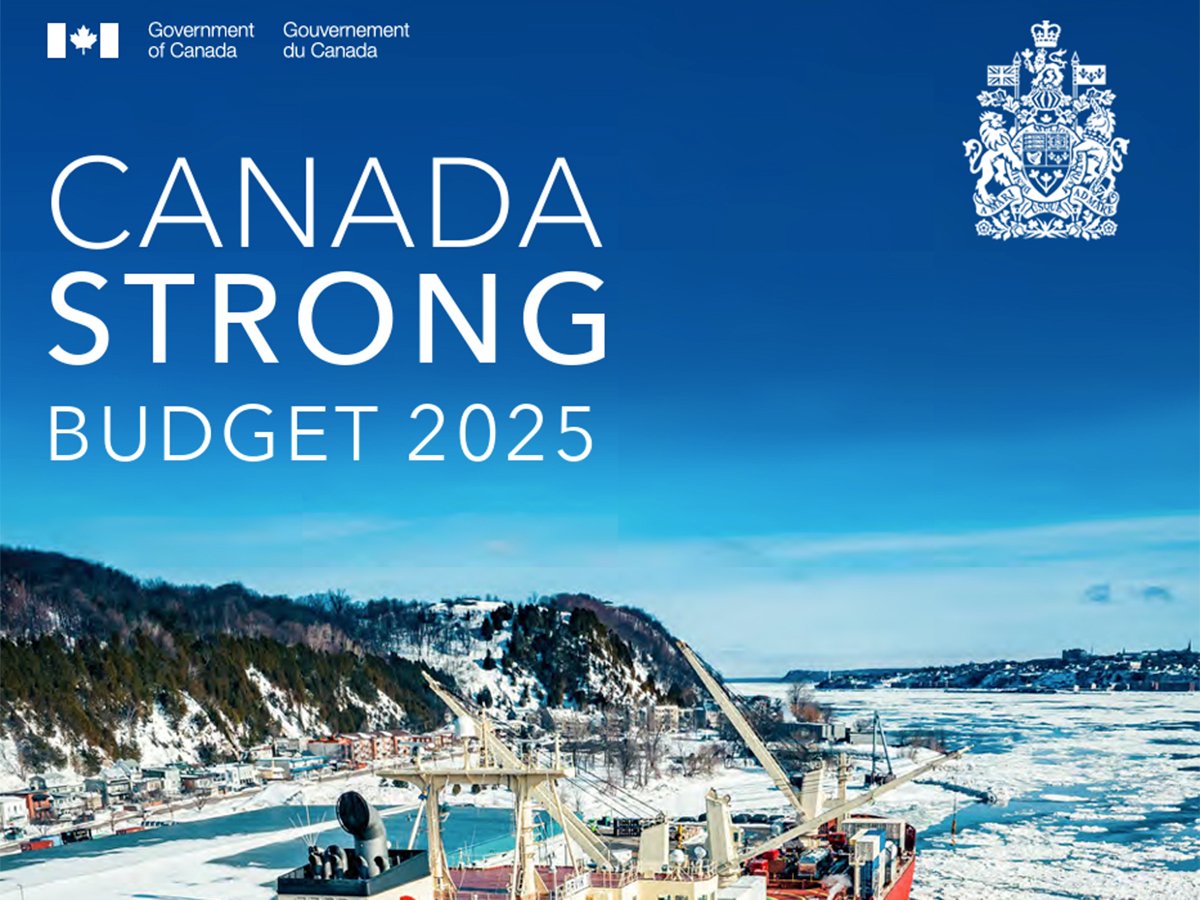On April 15, prime minister Stephen Harper will face off for the first time with new Liberal leader Justin Trudeau, elected the day before at a party coronation in Ottawa.
Remarkably, the charismatic 41-year-old son of a former Liberal icon will be the fifth Liberal leader that Harper will have faced across the floor of the House of Commons during his decade as party leader, the last seven as prime minister.
It is a remarkable statistic.
During its long and illustrious history as the natural governing party of Canada, the Liberals ruled the country for more than 70 percent of the time between 1896 (Laurier) and 2006 (Martin).
Read Also

Budget seen as fairly solid, but worrying cracks appear
The reaction from the agriculture industry to prime minister Mark Carney’s first budget handed down November 4th has been largely positive.
During its full history, the party has had 13 leaders. Harper has faced almost 40 percent of those leaders, less a comment on him and more a comment on the turmoil that has consumed the Liberal party in recent years.
For reporters, the last three decades of blood feuds in the Liberal family have been delicious: civil war, middle-of-the-night rebellions and the hollowing out of the party machine as key players backed the wrong horse and were expelled or sidelined.
So now, the once-great Liberal party is a shell of itself, for the first time the third party in the House of Commons, third in fundraising, without a significant rural base or a base outside Atlantic Canada, Montreal, Toronto and Vancouver.
It is a sorry sight.
Or was, as Trudeau’s supporters would say.
He is reviving party fundraising, drawing thousands of supporters, boosting the party in the polls, ending the old civil wars and presenting Harper with his first serious challenge in almost a decade.
Well, maybe, but don’t count on it.
In 2006, the Liberals picked a tough anti-Quebec separatism environmentalist, Stéphane Dion, who proved no match for the Conservative attack machine.
Next came intellectual, author and media friendly Michael Ignatieff, who would send the Visigoth Conservatives back to their caves in the hills.
He led the party to its worst defeat in history in 2011 and scurried back to academia.
Now comes Trudeau, a political scrapper who is thin on political accomplishment but who twice has won a former poor immigrant riding in Montreal despite his millionaire status.
And he has been under-estimated in the past, particularly in the boxing ring, where he surprised many by beating the snuff out of Conservative senator and Indian reserve street scrapper Patrick Brazeau in a charity match last year.
Trudeau has almost three years before the next election in 2015 to show his organizational skills and ability to translate star appeal into political commitment.
In truth, with his solid base, Harper probably has less to worry about than NDP leader Thomas Mulcair, trying to hold together a fragile and unexpected coalition that combines English Canadian environmentalists and progressives with a huge Quebec caucus of rookies and in many cases Quebec nationalists.
The race next time could well be for second place, and Mulcair has the most to lose.
Meanwhile, 45 years ago last week, another charismatic Trudeau with little political experience and fluffy policy proposals squeaked into the Liberal leadership and managed to become the third longest-serving prime minister at 16 years.
Don’t count the Trudeaus out.














